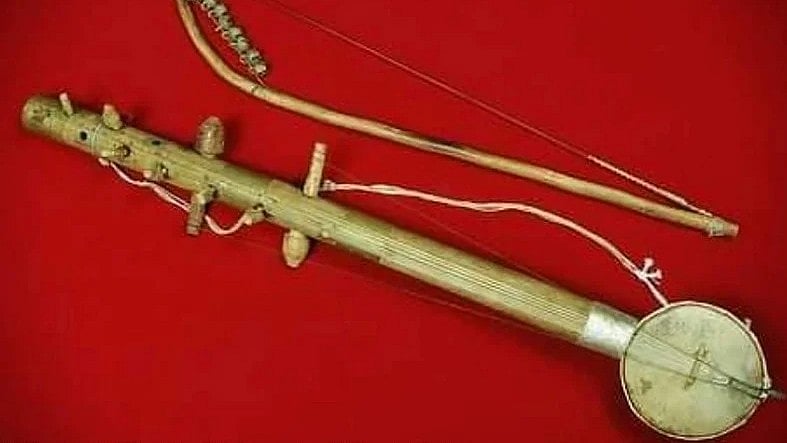
Credit: Special Arrangement
Vijaya College of Music, a premier institution in Bengaluru’s Jayanagar, is marking the birth centenary of its founder, professor H V Krishnamurthy, with monthly concerts through the year. The celebrations focus on the violin and honour the work of violinists playing Karnatik classical music. Launched on September 28, the festivities end with a grand finale in October 2026 (see box).
Albert Einstein once said, “I know that the most joy in my life has come to me from my violin.” An anonymous quote goes, “If music is life, violin is its soul.” The violin is an integral part of any Karnatik concert today. But did it always enjoy pride of place?
According to veena exponent Shanti Rao, the veena was once the standard accompaniment for vocalists, but its importance waned because of its poor volume. “When acoustics improved, the violin took over with a better throw of sound and continuity,” she said, as cited in a 2017 article in a daily.
So how did the violin gain its current status? Textual references cite an ancient bowed instrument called the Ravanastron (or Ravanahatha), linked to the mythical Ravana. In the prakara of the Nataraja temple in Chidambaram, a 13th-century sculpture shows a woman playing an instrument similar to the European violin. Such evidence has led many scholars to believe that violin-like instruments existed in India centuries before the European violin arrived.
The adoption of the violin is widely ascribed to Baluswami Dikshithar, brother of Muthuswamy Dikshithar, one of the trinity of great composers in Karnatik music. Baluswami (1786-1859) learnt to play the violin from a European tutor. After years of practice, he began to play Karnatik tunes on this “new” instrument. Others who contributed to the cause include Vadivelu, a student of Dikshithar.
Playing the violin has since evolved to closely resemble human singing (gayaki style). The violin trinity — Lalgudi Jayaraman, T N Krishnan and M S Gopalakrishnan — developed distinctive banis (styles), later continued by their disciples. For Jayaraman, the violin had to sing. He moved it from a background instrument to one played centre stage. When he accompanied vocalists, audiences came to hear him play rather than the lead singer.
Today, artistes are experimenting with new technology — from contact mics to electric violins.
(The author is the founder of a tech company. He writes about music and travel).